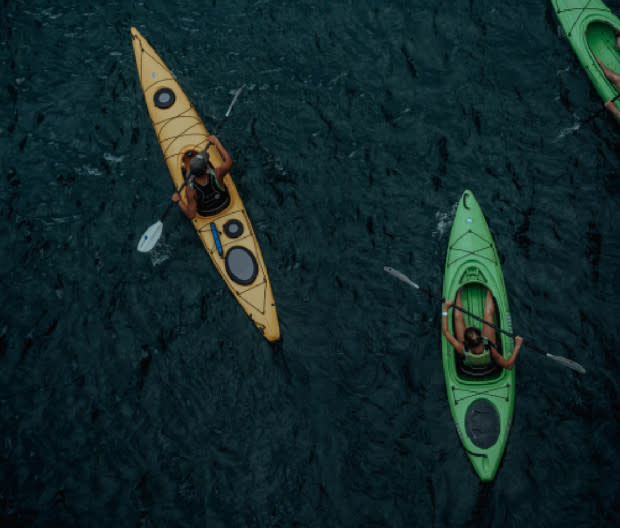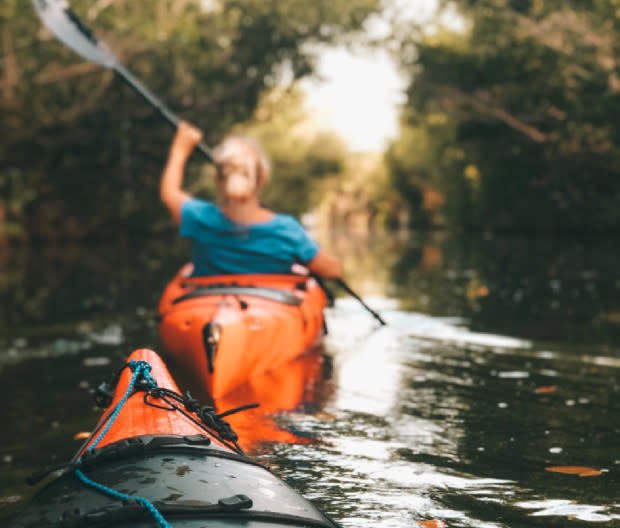Water Safety 101: Why You Should Always Buy a Kayak With Bulkheads
This article was produced in partnership with the Water Sports Foundation
When you want a simple, no frills, and affordable recreational kayak for summer fun, most people assume it doesn't really matter what you get. As long as it floats, a cheap kayak found on sale at the closest big box store is probably just as good as a more expensive brand from an actual boat or outdoor store, right?
That's not necessarily true. Many inexperienced boaters looking for cheap thrills can easily justify a tempting sub-$300 price for a new kayak, but there's one important feature that's usually missing from these bargain finds: bulkheads.

Devon Divine/Unsplash
What are Bulkheads?
The sinking of the Titanic comes to mind when thinking of bulkheads for the regular landlubber. Part of the reason the mighty ship sank was because of the failure of the watertight bulkheads that were designed to help keep the ship afloat in case of damage to the outer steel shell. They ended up overflowing and ceased to become watertight, which eventually took the Titanic on its final voyage to the bottom of the Atlantic Ocean.
The keyword for the purpose of bulkheads is "watertight." Bulkheads are simply watertight voids (or sections filled with foam) in a watercraft that add to the buoyancy to help make sure it doesn't sink. In the case of a recreational kayak, the forward and rear tapered sections of the boat should be sealed off vertically to create two watertight chambers. At the very least, pick up a kayak that has a rear bulkhead, if not two.
Cheaper kayaks you often find outside of a dedicated store for outdoor and adventure products will not include bulkheads in the service of creating an inexpensive boat. But any water sport is inherently dangerous, no matter if it's done in a calm pond or raging sea. Drowning is an ever-present danger and, besides having a quality lifejacket, getting a boat with bulkheads is the smart thing for a kayak purchaser.

Taryn Manning/Unsplash
Why Should Your Kayak Have Them?
Kayaks without bulkheads will quickly fill with water if you capsize. If that happens in deep water, you could not only lose your kayak, but it won't be around to help you stay afloat, especially if you didn't bring a personal floatation device or it somehow floated away during the accident. Bulkheads can save your life.
If you already picked up a kayak without bulkheads and want to add your own, a quick fix is to pick up some float bags. These removable, air-filled bags can be inserted into the hull of a kayak, front and back, to give additional buoyancy. That way, if you capsize, the kayak won’t totally fill up with water and the air will help keep it afloat so you can recover the craft more easily.
